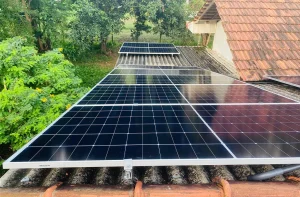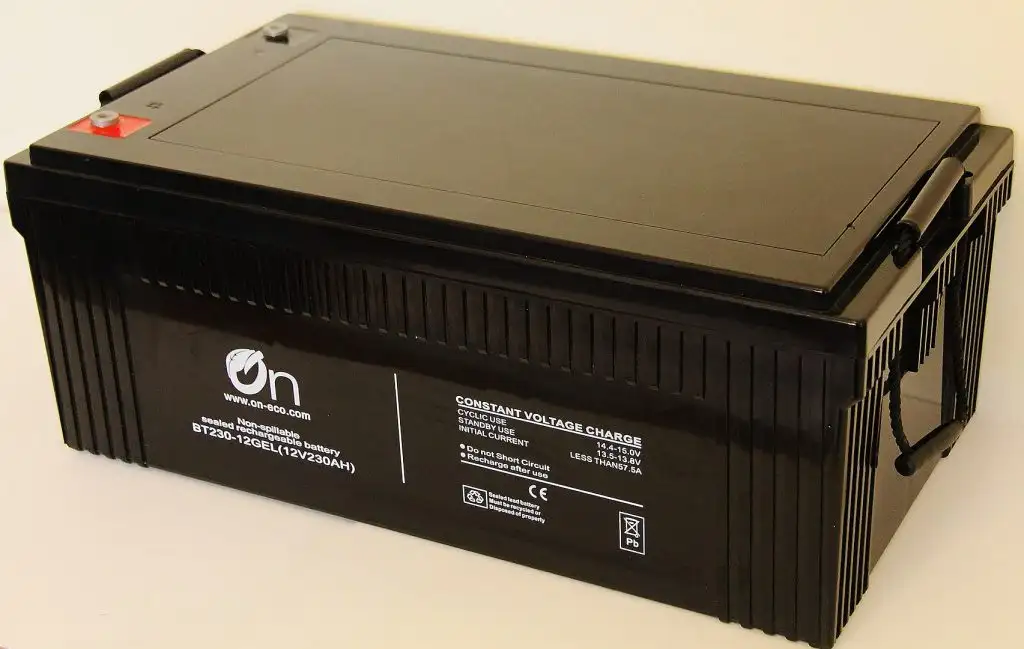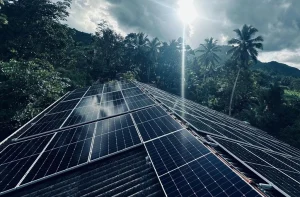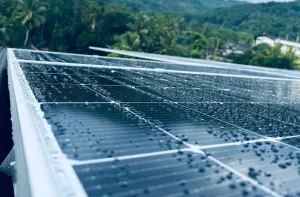

Sri Lanka, known for its breathtaking natural beauty and abundant sunshine, has an incredible potential for harnessing solar energy. With an average of nearly 6 hours of sunlight per day throughout the year, solar power is a sustainable and environmentally friendly solution to meet the country’s growing energy demands. To maximize the benefits of solar energy, it’s essential to explore the integration of photovoltaics (PV) with energy storage solutions like batteries and thermal energy storage technologies. In this article, we will investigate the advantages of integrating these storage technologies into Sri Lanka’s solar energy infrastructure.
Sri Lanka is no stranger to the sun’s energy. The island nation’s geographical location close to the equator blesses it with abundant sunlight, making solar energy an ideal choice for meeting its energy needs. Photovoltaic systems, which convert sunlight directly into electricity, have become increasingly affordable and efficient in recent years. However, one significant challenge with solar power is its intermittent nature, as it depends on weather conditions and daylight hours.
This is where energy storage comes into play. By integrating energy storage solutions with PV systems, Sri Lanka can ensure a constant and reliable supply of electricity, even during cloudy days and nighttime. Two main types of energy storage technologies hold great potential for Sri Lanka: batteries and thermal energy storage.

Batteries are perhaps the most well-known energy storage solution for solar power. They store excess electricity generated during sunny periods and release it when needed, ensuring a continuous power supply. Lithium-ion batteries, in particular, have seen significant advancements, offering high energy density and efficiency. Integrating batteries into the solar infrastructure offers several benefits:
Environmental Impact: Lowering reliance on fossil fuels for backup power generation reduces greenhouse gas emissions, contributing to a cleaner environment.
Thermal energy storage is an alternative technology that stores excess solar energy as heat for later use. This is particularly useful for applications like water heating and space heating and cooling. Thermal storage offers unique advantages:
The integration of energy storage technologies with solar PV systems in Sri Lanka brings several notable benefits:
Sri Lanka’s abundant sunlight resources make it an ideal candidate for harnessing solar energy. To make the most of this renewable energy source, integrating photovoltaic systems with energy storage technologies such as batteries and thermal storage is essential. These solutions enhance the reliability of the power supply, reduce environmental impact, and promote energy independence. As Sri Lanka strives for a sustainable and greener future, investing in the integration of solar PV and energy storage is a step in the right direction, benefiting both the economy and the environment.





Monday - Friday 8:30AM - 5PM
contact@on-eco.com
© 2008-2024 On Eco International Holdings (Pvt) Ltd All Right Reserved.